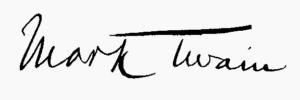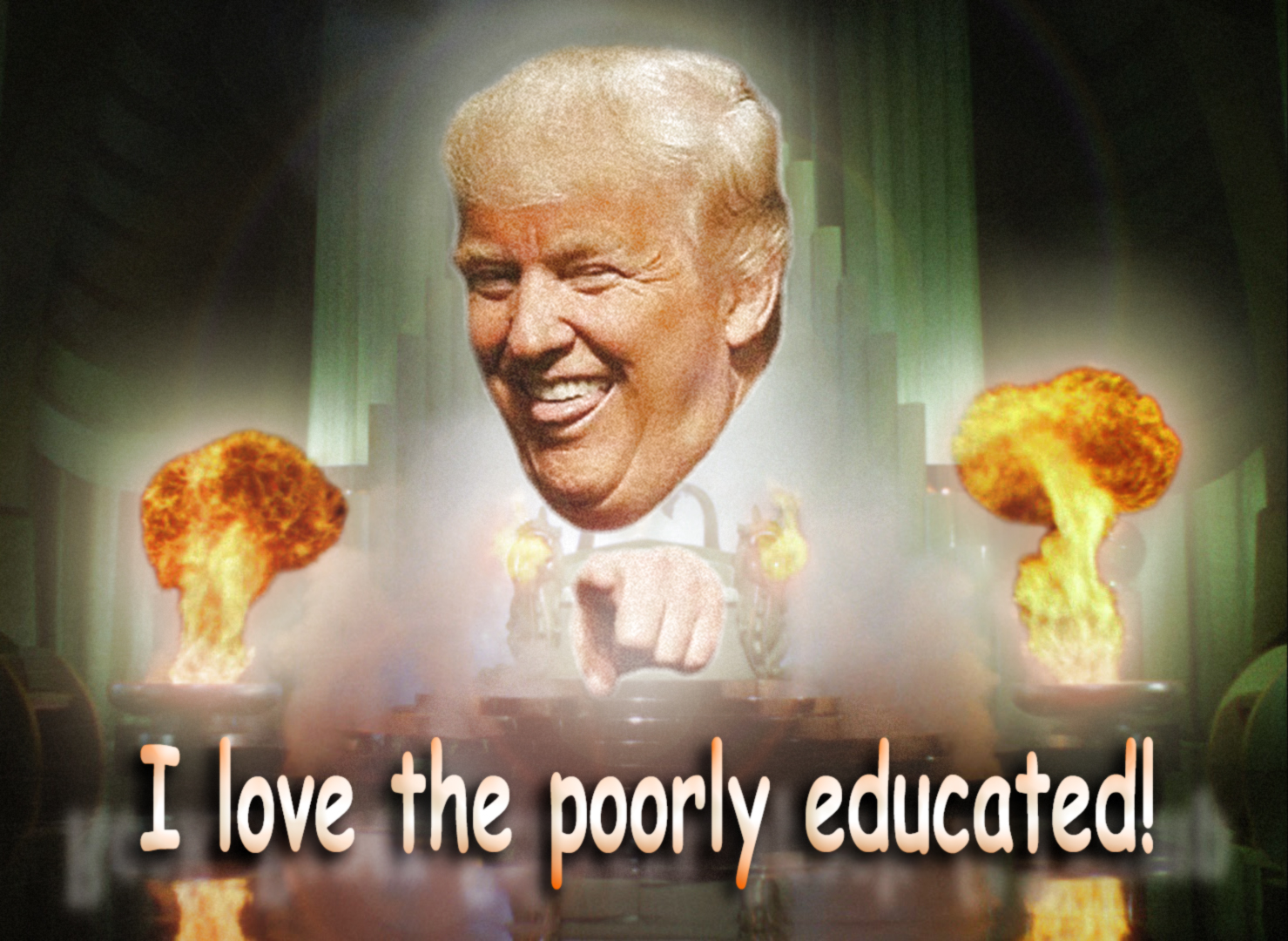Expanding the definition of artful reading.
Artful reading enlarges our sense of language and understanding. How would you like to fulfill your reading expectations?
Most of today’s reading is done to extract information and discard it once it’s used.
Artful reading takes the time to appreciate a thoughtful phrase or a nifty turn of words.
Here are some questions to consider:
What do you bring to your reading?
Is there an anticipation?
Ever re-read a paragraph because you thought it was beautifully put together; just for the simple pleasure of it?
How about Laughing out loud at some unexpected word play?
How many times do you return to a book you’ve read before and found new nuggets of understanding?
Are the words casual?
Refined?
Shifty?
Any disguises in fallacy?
What is the mood?
Is it formal or informal in language?
Literary fiction is alive and well.
Classic literature gives us the examples for the many tools used by the past masters. Modern masters have taken this classic approach and added many more mediums of language to communicate our current modes of story telling. Humans have come a long way since the old fireside stories of the past.
Techno friction is a huge and growing epidemic. How many juxtapositions are artificially driven?
Confusion is a common approach to story telling. Juxtaposition is a common device used to portray a decent set of twisted images. A good writer will show the viewer all the twists and turns. Sometimes they’re multi layered and offer new directions to explore when re-reading a particularly favorite book or story.
Would you like a reading?

Reading is always full of questions.
There are many things to consider in the art of reading. Authors, narrators, and characters just to name a few. This post will focus on Authors and why readers discern their own favorites. It’ll ask many questions for the critical reader to consider. First, we’ll start with these:
How to we get to know an author?
What do we really need to know about the real life of the author to enjoy the work?
What is the relationship between what we think we know about an author reading their books to the real life person?
How does the figure of the author begin to make his presence known in the story?
How does he materialize on the page?
What kind of person writes particular kinds of stories?
Is the aim to instruct? Entertain? Both?
What does an author leave unsaid?
Will the author be a good influence or a bad one?
Does it help your reading experience or is it a hindrance?
What biases form in your mind?
Authors are like characters in their books.
They are not all seeing masterminds creating stories to fool a reader. The authors character will show over the course of the book. A good author asks questions, explores their possibilities, and is willing to lose control. He materializes on the page in the language, form, and structure inside the work itself. The ‘implied’ author is implicit in the story. He becomes a person we like.
Consider a few more questions:
Do we have too much expectations from an author?
How does this influence our approach in getting to know an author?
What are the striking qualities throughout the piece that distinguish the authors presence?
Does the voice of the story teller stand out?
Is he judgmental, humorous, gentle, hard, etc.?
Do any of the characters portray these different qualities?
Are all the characters treated fairly?
Which ones are treated badly?
There is more to reading than just extracting information from and about an author.
Think about the man who suffers and the man who creates. A mind that frames, develops, and polishes a story provides a rendering or translation of the man who suffers.
A good author does not necessarily begin a story with a theme or message. A message or moral does not need to come first. It is better to inform rather than confuse readers with undefined symbols and metaphors. Some authors start with ideas that transform information into questions without answers. Making it a process of discovery. Characters often rise up in the process and finish the story.
An author constantly learns and uses all the fancy tricks available in the toolbox of communication. The hard part is learning how to use the tools. Reading helps us to do this.
Practice makes perfect. Would you still like a Reading?

After all, it’s the reader who is the final critic of the work. Learning the many tools for an artful reading is crucial to a successful experience.
I’ve always enjoyed the narrative style from a good author. It brings the story teller in as a character. A narrator oversees a story’s moral value or not. Knowing a bit about the narrative style helps to entice the reader into a more thoughtful discourse.
Refining our reading of the narrator helps to capture our senses within the story.
Usually, there are two types of person a narrator can be:
The first and third. Yes, I know, grammar school English. Big deal. Right? Not so. Each has its own flavor in telling a story. So what are their differences?
First Person Narration captures the readers imagination by creating a sense of intimacy. It can force a reader into a more active roll by feeling the characters story. It is a direct telling and leaves the reader to figure out what the motives in the story are. First Person likes to ask ‘why do we tell stories?” He is the I – the one closely observing the action.
Third Person Narration can be laid back and more relaxed. A free and indirect style. The reader knows the narrator is objective. Sort of like an omniscient know it all. Third Person keeps a certain distance from the reader. With third person an author can provide insight that is unknown to other characters in the story.
It sorts through all the twisted images and putting sense to it all.
Third person can also capture language from one or more characters to give it a first person type of feel. Combining both at the same time allowing the reader to be inside and outside of the character at the same time. Sometimes it’s possible to shift between these two narrative characters.
Then there are more unusual narrative possibilities to ponder.
The use of the ‘we’ narrator is practical sometimes as an alternative choice. It’s a first person plural narrator.
So the next time you pick up a book. Read a ways in and ask yourself if this – is first or third person. How would the feel about the story change if it were told the other way around?
💡
Propaganda and its Possibilities
Integration of Propaganda
Traditional Theories of Communication
So you want information?
Here is the News
